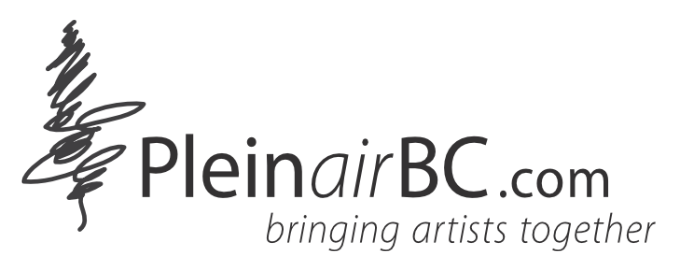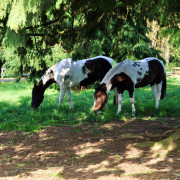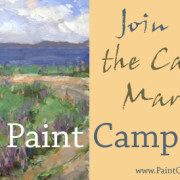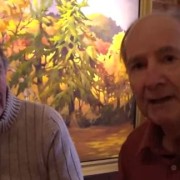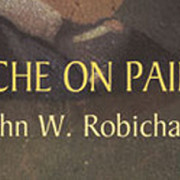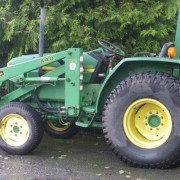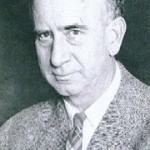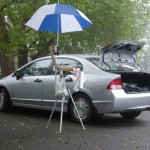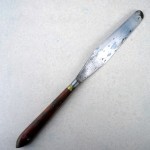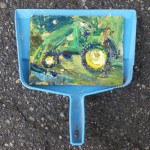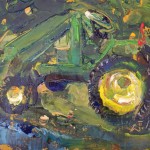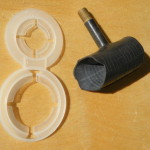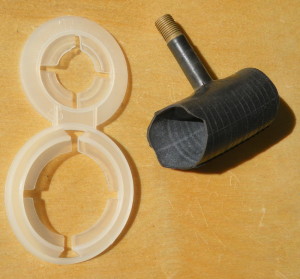This slim book comprises words obtained through personal conversations and taped interviews (mostly in 1988) by John Robichaux who reveals the basic philosophy and methodology of Henry Hensche.
Henry was big on Hawthorne who turns out to have been his teacher and was actually the studio assistant to Hawthorne.
The author Robichaux gives fair warning: He says when you read the words of Henry Hensche “you will not understanding everything.”
The quotes below are good examples of this.
“If you are looking for painting techniques you will not get it from me,”
“If there IS a Hensche Method (and there isn’t) it’s simple – paint the large masses of light and dark to their colour relationships in the light key in which they are seen.”
“You don’t paint what you see, you paint what you’ve been TAUGHT to see…”
Much emphasis has been placed on the light key which is the colours an artist sees in any setting, influenced of course by the prevailing light. “Obviously, you can’t see an object except as it exists in the light in which it is seen.”
Now, that does make sense…but what I really got out of these musings is Hensche’s tip “give your viewers something more than decoration. Give them something that will raise their level of vision. Let them see a new beauty through your eyes.
Now, that’s more like it.
Hensche says “Get the light key and the details will take care of themselves. They are not important and eventually you will see how they make your paintings look foolish. Your paintings will look like craft paintings.”
Here’s the bit that I really liked… “You cannot fully develop your vision by painting in a studio all of the time. You must get outside to learn to paint correctly.”
Hensche wanted Hawthorne’s story to be told and seemed so frustrated with everyone’s lack of understanding of what Hawthorne had accomplished. Sometimes Hawthorne made students use knives to paint so that they avoided lines in nature – only a colour note touching another colour note.
So after reading Hensche and Hawthorne, I went outside one afternoon and studied the ambient light (the key light) at Cattle Point, Vancouver Island. I avoided lines and concentrated on the actual relationships of one colour spot to another. This is the result – “Between the Islands” plein air oil 8 x 10, in two hours.

Between Islands :: 8×10″ :: Ron Wilson
Did I get it? I can say that I didn’t understand everything but at least I did it.
……………………
Hensche on Painting by John W. Robichaux copyright 1997
Dedicated to the memory of Henry Hensche 1901 – 1992
ISBN 0-486-43728-0 published by Dover Publications . 71 pages, $ 6.95 in USA, $10.50 in Canada.
